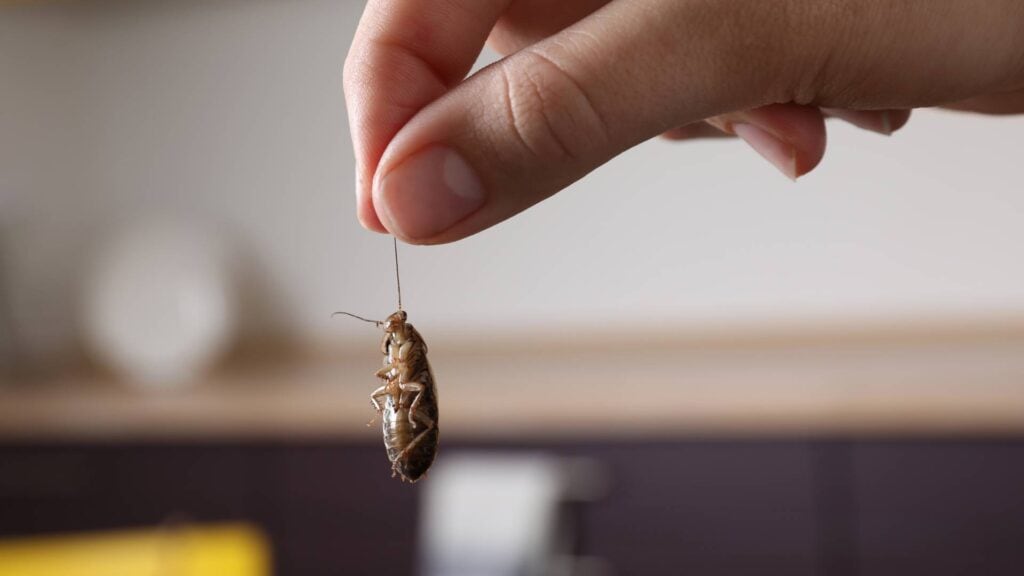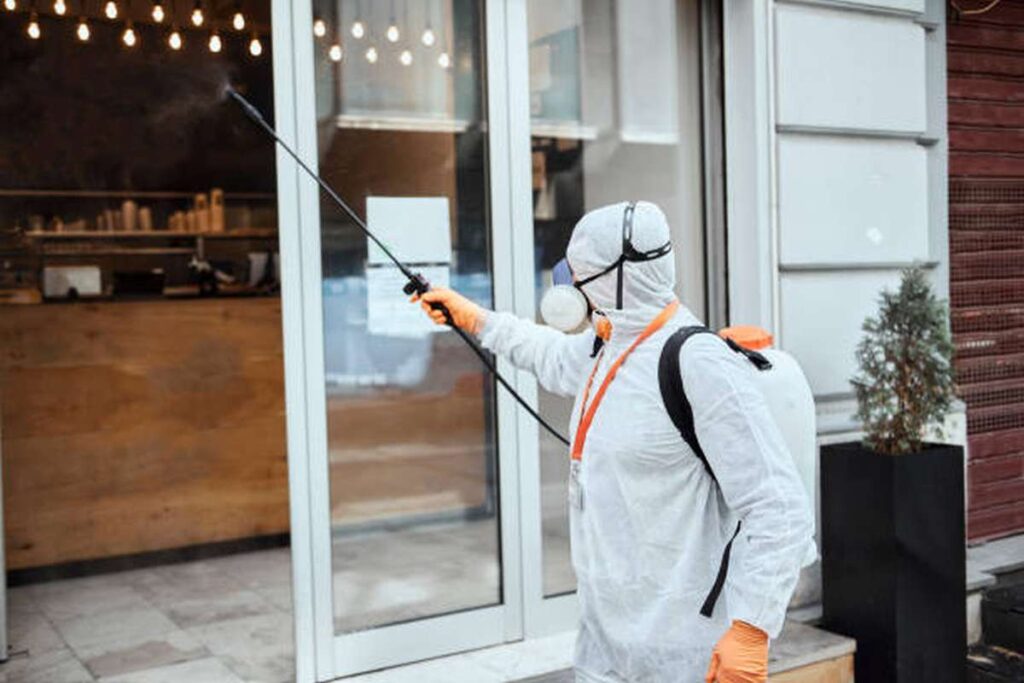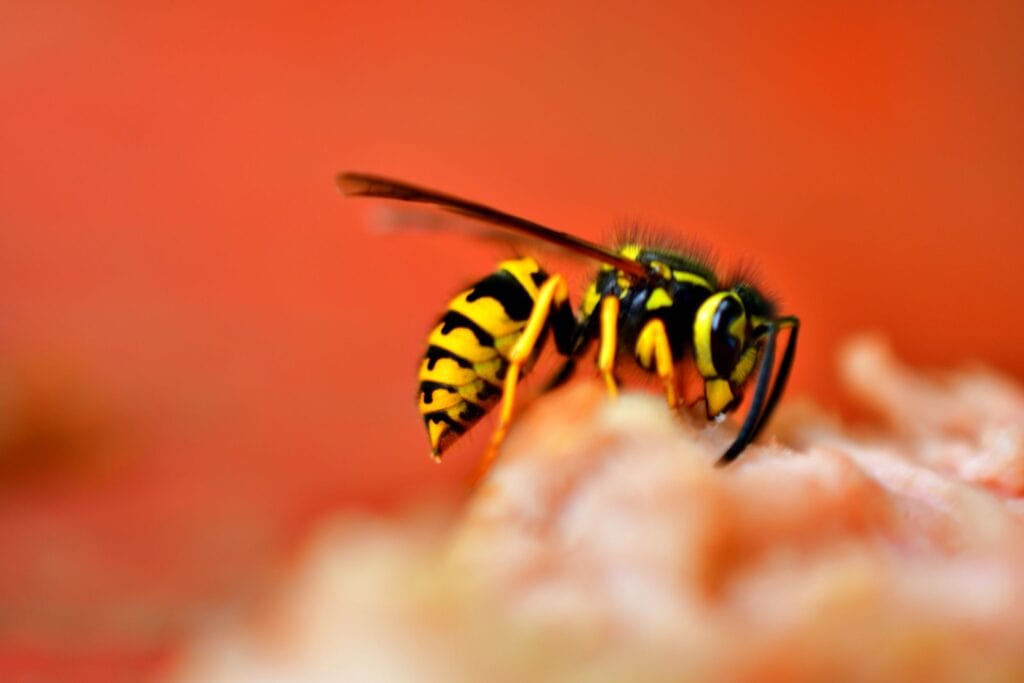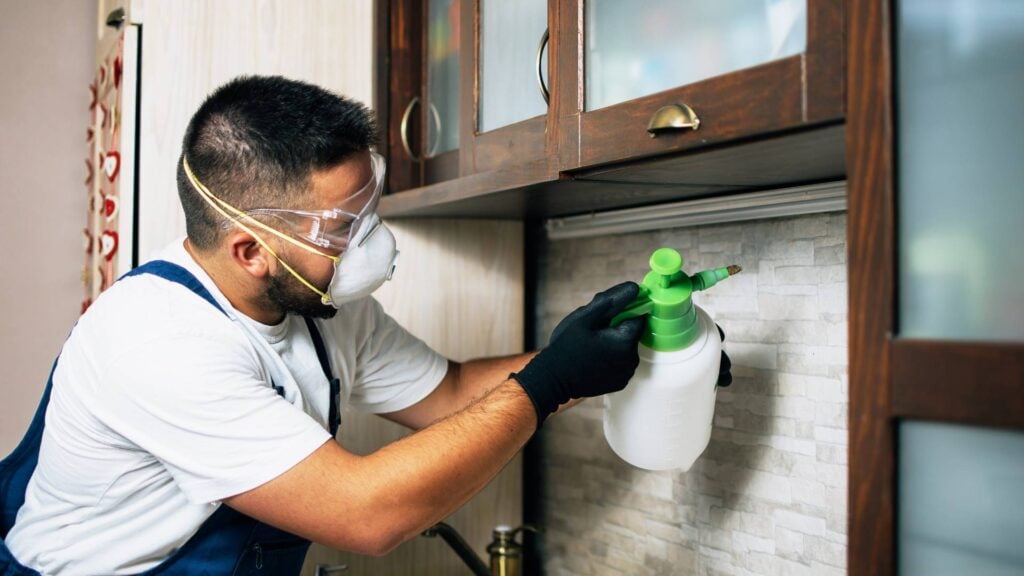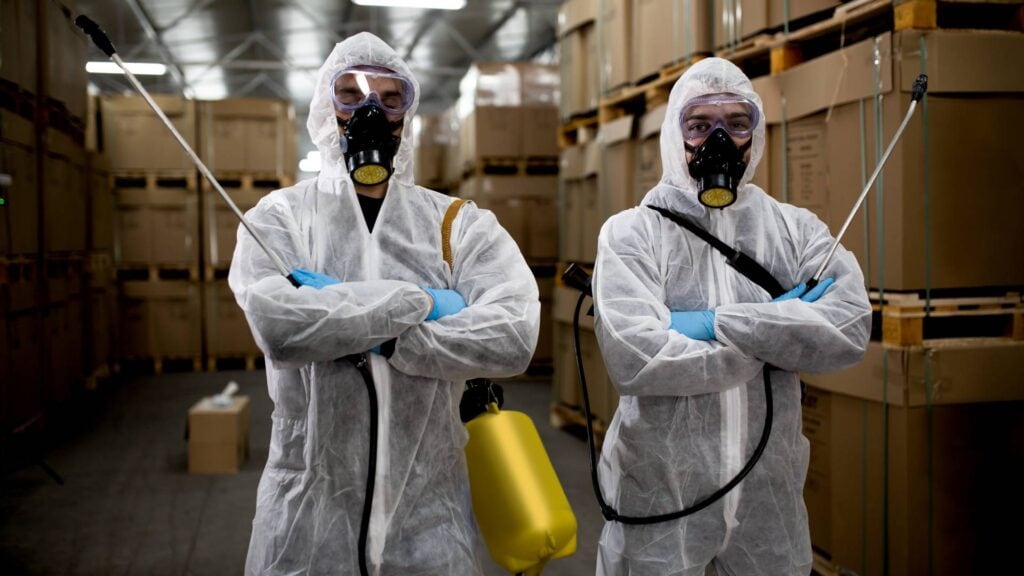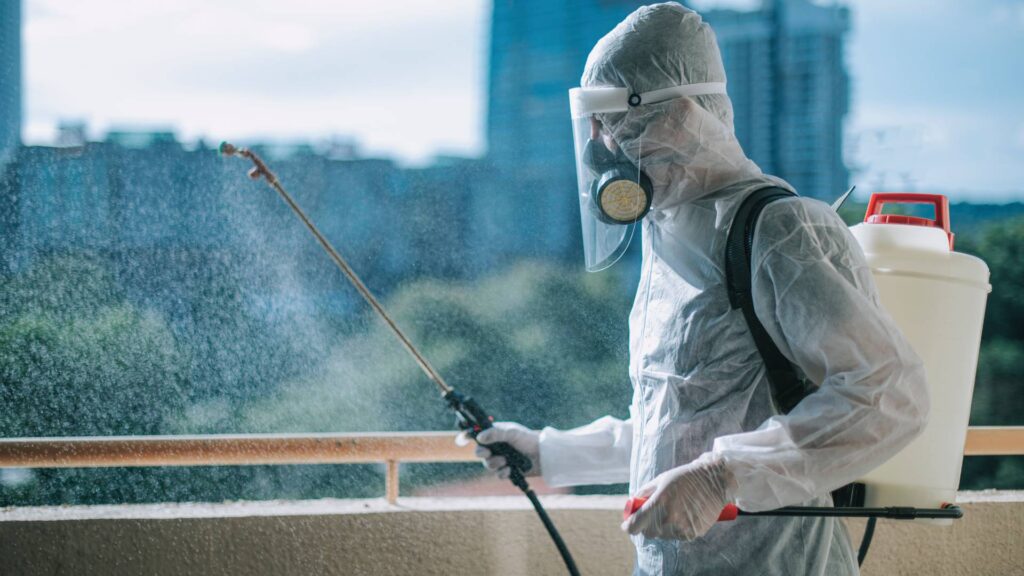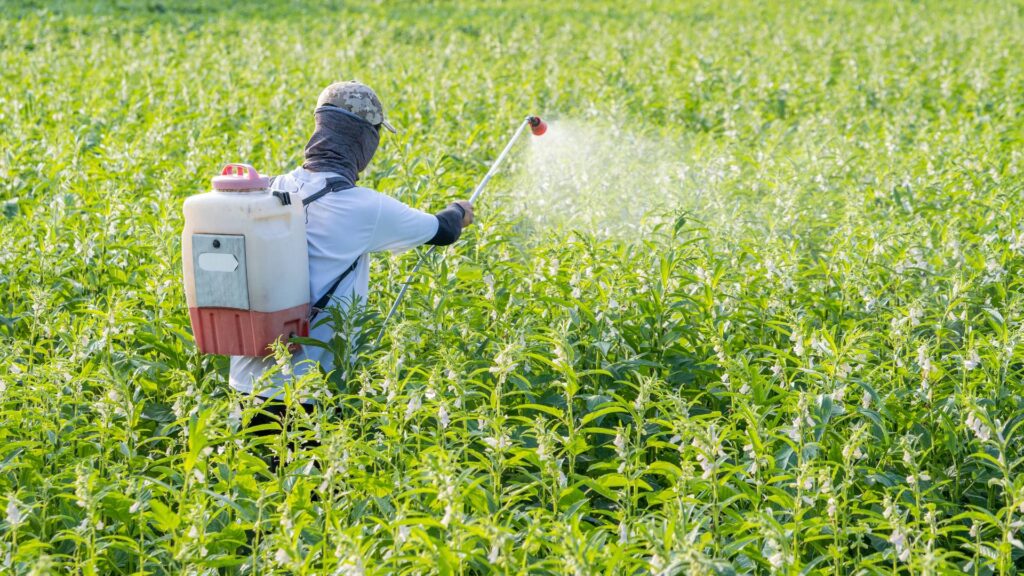Let’s delve into the intricate world of pest management to uncover the most effective strategies for keeping unwanted guests at bay. Whether you’re a homeowner, business owner, or property manager, dealing with pests can be a persistent challenge. From pesky insects to unwelcome rodents, pests can wreak havoc on our environments, causing damage to property, spreading disease, and disrupting daily life. But fear not! In this blog, we’ll explore the latest advancements, expert tips, and proven techniques in pest prevention to help you safeguard your space and maintain peace of mind. Join us on a journey to discover the best practices in pest prevention and reclaim control over your surroundings.
What Is Pest Prevention and Why Is It Important?
Pest prevention and control are critical to maintaining a healthy and safe environment in agricultural settings, urban areas, or our homes and workplaces. The essence of pest prevention lies in its proactive approach—aiming to stop pests from becoming a problem before they can cause harm. This contrasts with pest control, a reactive measure to eliminate pests once they have already become an issue.
The Importance of Pest Prevention
- Health and Safety: Many pests can transmit diseases to humans or animals. By preventing their presence, we significantly reduce the risk of disease transmission.
- Economic Impact: In agriculture, pests can destroy crops, leading to significant financial losses for farmers. In urban areas, pests can damage property, necessitating costly repairs.
- Environmental Conservation: Effective pest prevention can reduce the need for chemical pesticides, which can harm the environment. We can protect wildlife and preserve biodiversity by using integrated pest management strategies.
Strategies for Pest Prevention
- Pest prevention combines techniques to make environments less attractive or accessible to pests. These strategies can include:
- Sanitation: Keeping areas clean and waste-free reduces food sources for pests, making the area less inviting.
- Exclusion: Sealing off entry points such as cracks, holes, and building gaps prevents pests from entering.
- Biological Control: Using natural predators or parasites to control pest populations offers a sustainable alternative to chemical pesticides.
- Cultural Practices: In agriculture, crop rotation, resistant plant varieties, and proper irrigation practices can reduce pest infestations.
How Can Key Pest Prevention Methods Be Identified?
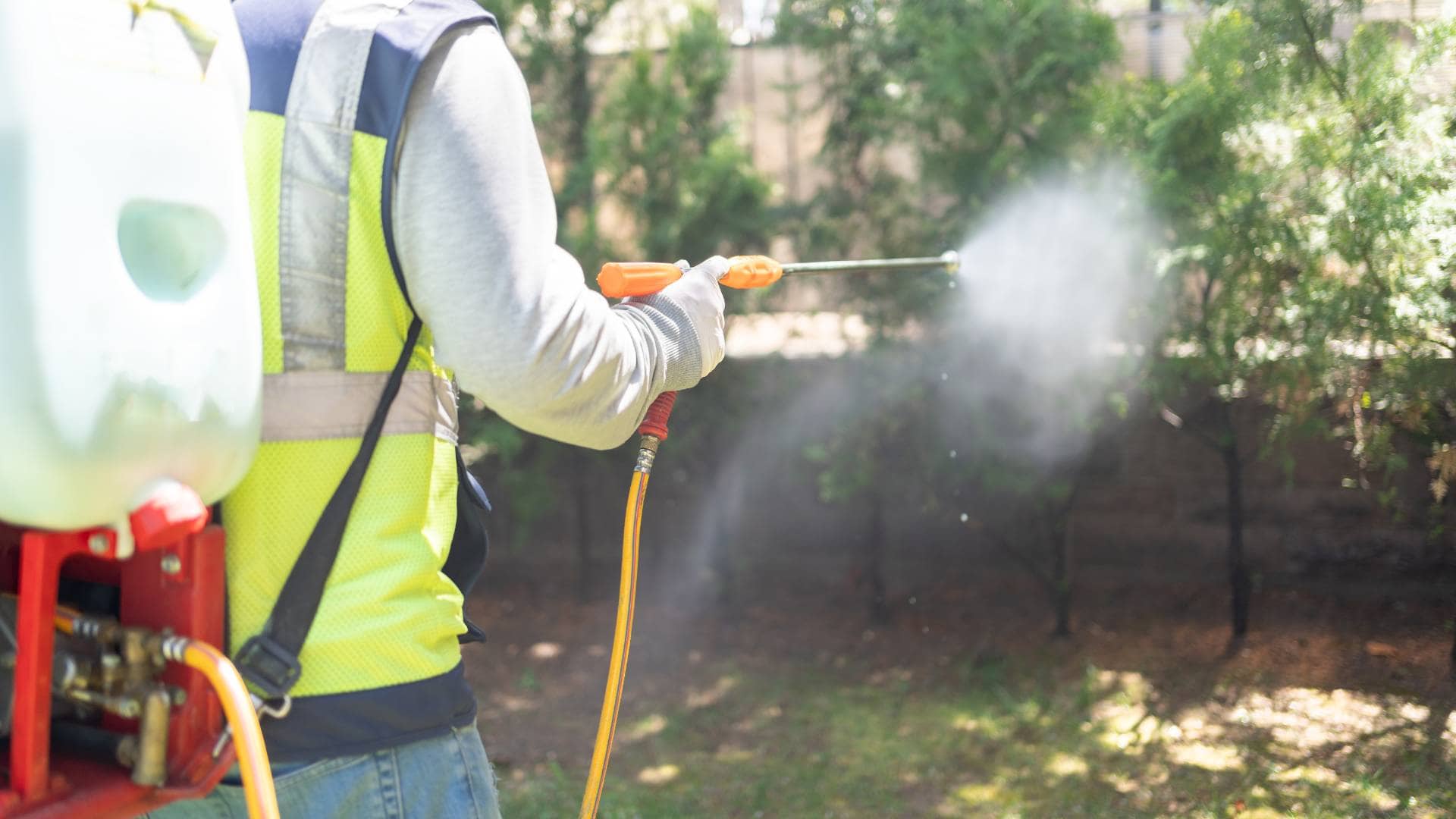
Pest prevention is essential to maintaining a healthy and safe environment in residential areas, commercial establishments, or agricultural settings. Effective pest management helps avoid damage and loss and safeguards against health risks associated with pest infestations. Here, we consolidate essential pest prevention methods from various expert sources, offering a comprehensive approach to keeping pests at bay.
Regular Trash Disposal
Pests are attracted to trash because it provides a plentiful food supply. Regularly disposing trash and ensuring that bins are securely closed can reduce the likelihood of attracting pests to your premises. Removing trash from inside your house daily and keeping outdoor bins sealed and away from entry points into your home or business is advisable.
Sealing Entry Points
Pests can only infest a space if they can find a way in. Regular inspections of your property’s interior and exterior for any cracks, holes, or gaps are crucial. Pay special attention to areas such as the foundation, roof, and where utilities enter the building. Sealing these entry points not only prevents pests from entering but also contributes to the structural integrity of your property.
Secure Food Storage
Since pests have a keen sense of smell, improperly stored food can attract them from afar. Using airtight containers for food storage is an effective way to mask the scent of food and keep pests at bay. This applies to both perishable items on counters and non-perishable items in pantries or storerooms.
Deep Cleaning
A thorough property cleaning can eliminate potential food sources and breeding grounds for pests. This includes wiping down surfaces, vacuuming carpets, and cleaning under appliances where crumbs and debris accumulate. Regular deep cleaning not only helps in pest prevention but also in identifying early signs of a potential infestation.
Landscaping and Exterior Maintenance
The exterior of your property can also attract pests. Maintaining your landscaping, such as trimming overgrown vegetation and removing debris, can reduce pest harborage areas. Additionally, storing woodpiles away from your property and ensuring clean gutters can deter pests from nesting close to or entering your building.
Sanitising Soft Surfaces
Soft surfaces like beds, couches, and rugs can harbour bedbugs and fleas. Regular washing and sanitising of these items can prevent infestations. For items that cannot be washed, vacuuming and using a disinfectant spray can help keep these pests away.
Professional Pest Control Services
While preventive measures can significantly reduce the risk of pest infestations, some situations may require professional intervention. Pest control professionals can offer targeted solutions for existing infestations and advise on further preventive measures tailored to your specific situation.
Safety Considerations
When dealing with pests, it’s essential to prioritise safety, especially when using pesticides. Always follow the manufacturer’s instructions and consider non-toxic and natural alternatives. Professional pest control services are recommended for severe infestations to ensure safe and effective treatment.
How Do Environmental Modifications Aid in Pest Prevention?
In the quest for maintaining a pest-free environment, the focus has increasingly shifted towards eco-friendly pest control options and environmental modifications. These methods aim to manage pest populations effectively and minimise environmental and human health impacts. Drawing insights from various studies and expert recommendations, this article explores the significance and application of these sustainable pest management strategies.
Eco-Friendly Pest Control Options
Eco-friendly pest control emphasises using non-toxic and natural methods to deter pests, ensuring safety for humans, pets, and the environment. Some of the notable eco-friendly options include:
- Physical Traps and Barriers: Utilising physical means such as sticky traps, live traps, and barriers like window screens and door sweeps to prevent pests from entering homes.
- Natural Repellents: Employing natural substances like essential oils, vinegar, or citrus-based solutions that act as repellents for various pests, including ants, spiders, and other insects.
- Biological Control: Introducing natural predators or parasites to control pest populations. This method is particularly effective in agricultural settings where it helps maintain the ecological balance.
Environmental Modifications for Pest Control
Environmental modifications involve altering the surroundings to make them less conducive to pests. This approach targets eliminating conditions that attract pests, reducing infestations’ likelihood. Key strategies include:
- Water Management: Ensuring proper drainage and eliminating standing water to prevent mosquito breeding. Regularly cleaning gutters and maintaining downspouts can significantly reduce moisture accumulation that attracts pests.
- Waste Management: Proper disposal of garbage and securing trash cans with tight-fitting lids to avoid attracting rodents and other pests.
- Vegetation and Landscaping: Trimming overgrown vegetation and maintaining the lawn to reduce shelter for pests. Keeping firewood stacks away from the house is also recommended to deter termites and rodents.
- Sealing Entry Points: Identify and seal cracks, holes, and other entry points to prevent pests from entering the home. This includes patching gaps around doors, windows, and utility lines.
Case Studies and Research Insights
Research and case studies have demonstrated the effectiveness of environmental modifications in reducing pest populations. For instance, a study by the University of Tennessee highlighted a significant decline in odorous house ants (OHA) populations following various environmental changes around a residential property. These modifications included the removal of certain trees and shrubs, changing mulching practices, and adjusting pet feeding locations. The study underscores the importance of continuous practice of environmental modifications alongside professional pest control interventions for long-term pest management success.
How Important Are Hygiene and Sanitation Practices in Pest Prevention?
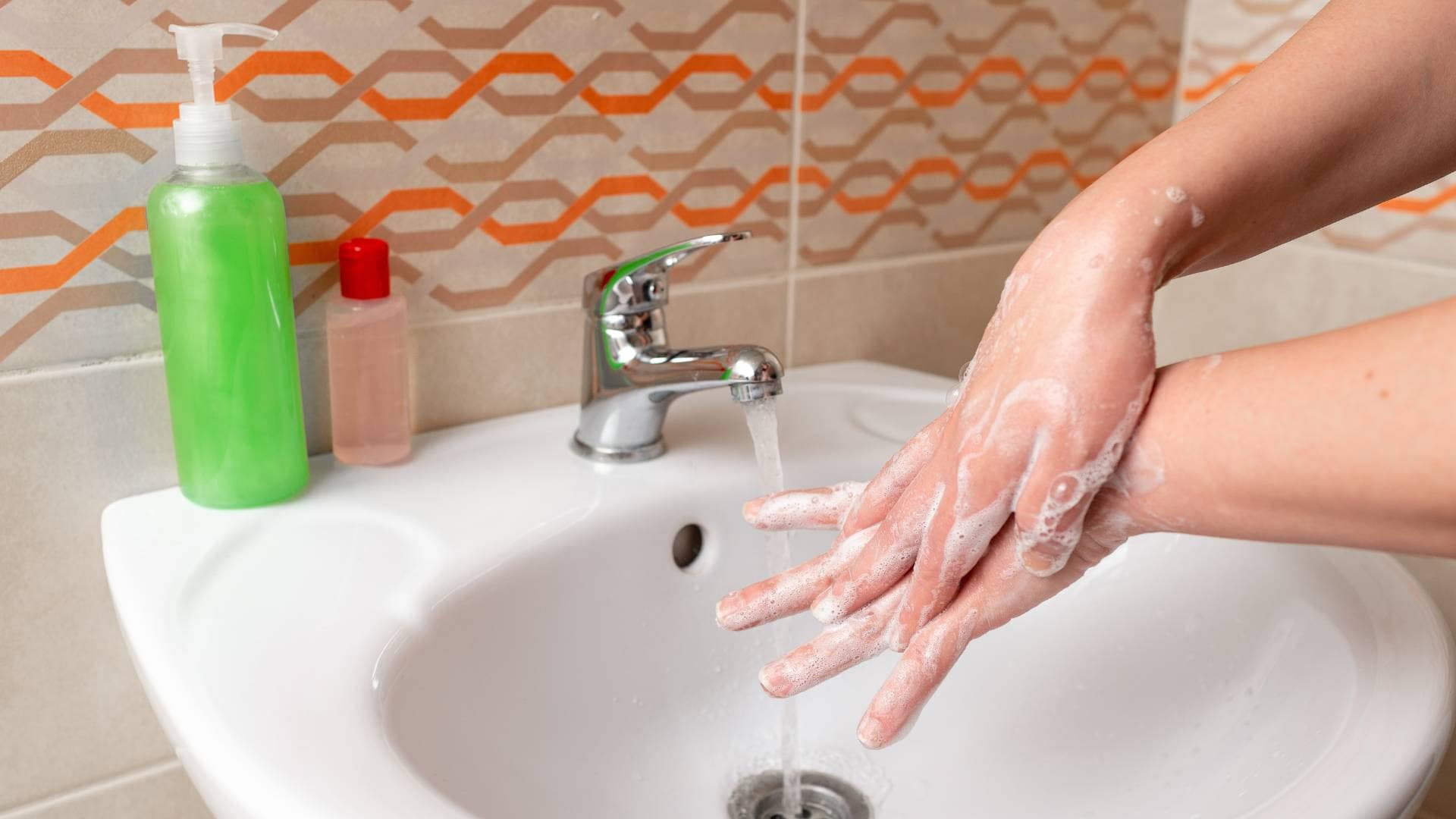
Hygiene and sanitation are fundamental to effective pest management and food safety in residential areas and food processing facilities. Implementing stringent sanitation practices is essential to prevent pest infestations, which can lead to food contamination and spread diseases. This comprehensive guide draws from various sources to highlight the best practices in hygiene and sanitation to maintain pest-free environments.
Essential Sanitation Practices
Regular Cleaning and Waste Management: Ensure clean and pest-free food preparation areas. Dispose of garbage regularly and store food in airtight containers to prevent attracting pests. Particular attention should be given to dry waste disposal, as even small amounts of accumulated food debris can become a breeding ground for pests.
- Exterior Maintenance: The exterior of facilities should be well-maintained to deter pests. This includes cleaning up any spillage of grain or food products immediately and keeping vegetation trimmed back from structures. Regularly empty trash bins to avoid attracting pests.
- Equipment and Water Leak Checks: Monthly equipment inspections for sanitation and pest perspectives are crucial. Check for water leaks, as moisture around and into grain can damage the product and offer additional food sources for pests.
- Roof Inspections: Quarterly roof inspections can help identify potential pest attractants such as standing water, debris, and growth. Ensure that HVAC units are draining correctly and that screens and filters are in good condition.
- Cleaning Hard-to-Reach Areas: Areas like elevator pits, around bin hoppers, and transfer points often need to be noticed because they are out of sight. These should be included in a weekly (or daily) cleaning rotation.
- Pest Monitoring: Monitoring for pests can help identify sanitation issues. Pest information should be used to identify areas where food sources may attract pests, and this data should be used as an early warning system.
- Employee Area Maintenance: Remove any food debris around microwaves, refrigerators, and vending machines. Wipe up any residue from coffee machines, water coolers, and other appliances.
Implementing a Comprehensive Sanitation Schedule
Developing and implementing a comprehensive sanitation schedule as part of an Integrated Pest Management (IPM) plan is critical. This schedule should consider the type of pests, different areas of the site, and other unique factors. Consistently revising your sanitation programme for all areas of operations is necessary to ensure its effectiveness. Cooperation from staff is essential, and training on best practices and techniques by a pest control provider can enhance sanitation efforts.
Long-term Sanitation Measures
Investing in long-term measures can further enhance pest management efforts. Repaving sunken areas that collect water and replacing exterior lighting with sodium vapour or LED lights can help reduce pest activity. Ensuring all doors and windows are tight-fitting and that screens are provided on all openings can prevent pests from entering the facility.
Conclusion
Pest prevention is a proactive approach to preventing pests from causing harm, reducing the risk of disease transmission, economic impact, and environmental conservation. It combines sanitation, exclusion, biological control, and cultural practices.
Essential pest prevention methods include regular trash disposal, sealing entry points, secure food storage, deep cleaning, landscaping and exterior maintenance, and sanitising soft surfaces. Regular trash disposal and secure bins are essential for reducing pests’ access to your premises. Sealing entry points, such as cracks, holes, and gaps, helps prevent pests from entering and contributes to the structural integrity of your property.
Secure food storage, such as airtight containers, is another effective way to keep pests at bay. Deep cleaning eliminates potential food sources and breeding grounds for pests, while landscaping and exterior maintenance can reduce pest harborage areas. Regular washing and sanitising of soft surfaces can prevent infestations.
Professional pest control services are available to offer targeted solutions for existing infestations and provide advice on further preventive measures. Prioritising safety, especially pesticide use, is crucial when dealing with pests. Always follow the manufacturer’s instructions and consider non-toxic and natural pesticide alternatives. Professional pest control services are recommended for severe infestations to ensure safe and effective treatment.
The focus has shifted towards eco-friendly pest control options and environmental modifications to maintain a pest-free environment. Eco-friendly methods include physical traps and barriers, natural repellents, and biological control, which aim to minimise environmental and human health impacts.
Research and case studies have shown the effectiveness of these methods in reducing pest populations. For example, a study by the University of Tennessee highlighted a significant decline in odorous house ants following various environmental changes around a residential property. The importance of continuous practice of environmental modifications alongside professional pest control interventions for long-term pest management success is underscored.
Hygiene and sanitation are essential to effective pest management and food safety in residential areas and food processing facilities. Essential sanitation practices include regular cleaning and waste management, exterior maintenance, equipment and water leak checks, roof inspections, hard-to-reach areas, pest monitoring, and employee area maintenance.
Developing and implementing a comprehensive sanitation schedule as part of an Integrated Pest Management (IPM) plan is critical, considering the type of pests, different areas of the site, and other unique factors. Cooperation from staff and training on best practices and techniques by a pest control provider can enhance sanitation efforts.
Investing in long-term sanitation measures can further enhance pest management efforts, such as repaving sunken areas, replacing exterior lighting with sodium vapour or LED lights, tight-fitting doors and windows, and providing screens on all openings.
Content Summary
- Exploring pest management, this series investigates top strategies to keep pests away.
- Pests pose ongoing challenges for homeowners, businesses, and property managers.
- From insects to rodents, pests cause damage, spread diseases, and disrupt daily life.
- Fear not! This blog explores advanced techniques and expert tips for effective pest prevention.
- Learn how to safeguard your space and regain control over your environment.
- Unlike reactive pest control measures, pest prevention aims to stop issues before they begin.
- Maintaining a healthy environment involves proactive pest prevention and control.
- Preventing pests is crucial for health, safety, and economic reasons.
- Effective prevention reduces disease transmission, financial losses, and environmental harm.
- Strategies include sanitation, exclusion, biological control, and cultural practices.
- Regular trash disposal reduces food sources for pests, making areas less inviting.
- Sealing entry points like cracks and holes prevents pests from entering buildings.
- Secure food storage in airtight containers to mask scents and deter pests.
- Deep cleaning eliminates food sources and identifies potential infestations.
- Maintaining landscapes and exteriors reduces pest harborage areas.
- Sanitising soft surfaces like beds and couches prevents infestations.
- Professional pest control services offer targeted solutions for infestations.
- Safety is paramount when using pesticides; consider non-toxic alternatives.
- Eco-friendly options include physical traps, natural repellents, and biological control.
- Environmental modifications make surroundings less hospitable to pests.
- Proper water management and waste disposal reduce pest attraction.
- Trimming vegetation and sealing entry points further deter pests.
- Case studies highlight the effectiveness of environmental modifications.
- Hygiene and sanitation practices are vital for pest management.
- Regular cleaning and waste management prevent infestations.
- Exterior maintenance deters pests and avoids attracting them.
- Equipment checks and roof inspections identify potential pest attractants.
- Cleaning hard-to-reach areas prevents pest breeding grounds.
- Pest monitoring helps identify sanitation issues early.
- Employee area maintenance reduces food debris, deterring pests.
- Implementing a comprehensive sanitation schedule is crucial.
- Consistently revising sanitation programs enhances effectiveness.
- Long-term measures like repaving and LED lighting enhance pest management.
- Tight-fitting doors and screens prevent pests from entering buildings.
Frequently Asked Questions
Pest prevention involves proactive measures to stop pests from becoming a problem before they can cause harm. It aims to create an environment that is less attractive or accessible to pests.
Pest prevention is essential for several reasons. It helps protect health and safety by reducing the risk of disease transmission, prevents economic losses due to damage to property or crops, and contributes to environmental conservation by reducing the need for chemical pesticides.
Effective pest prevention strategies include sanitation (keeping areas clean and free of food sources for pests), exclusion (sealing off entry points like cracks and holes), biological control (using natural predators or parasites), and cultural practices (such as crop rotation in agriculture).
To prevent pests in your home or business, you can start by regularly disposing of trash, sealing entry points, storing food properly in airtight containers, maintaining landscapes, and conducting regular deep cleaning.
Yes, there are eco-friendly options for pest prevention, including using physical traps, natural repellents, biological control methods, and environmental modifications to create less hospitable surroundings for pests.
